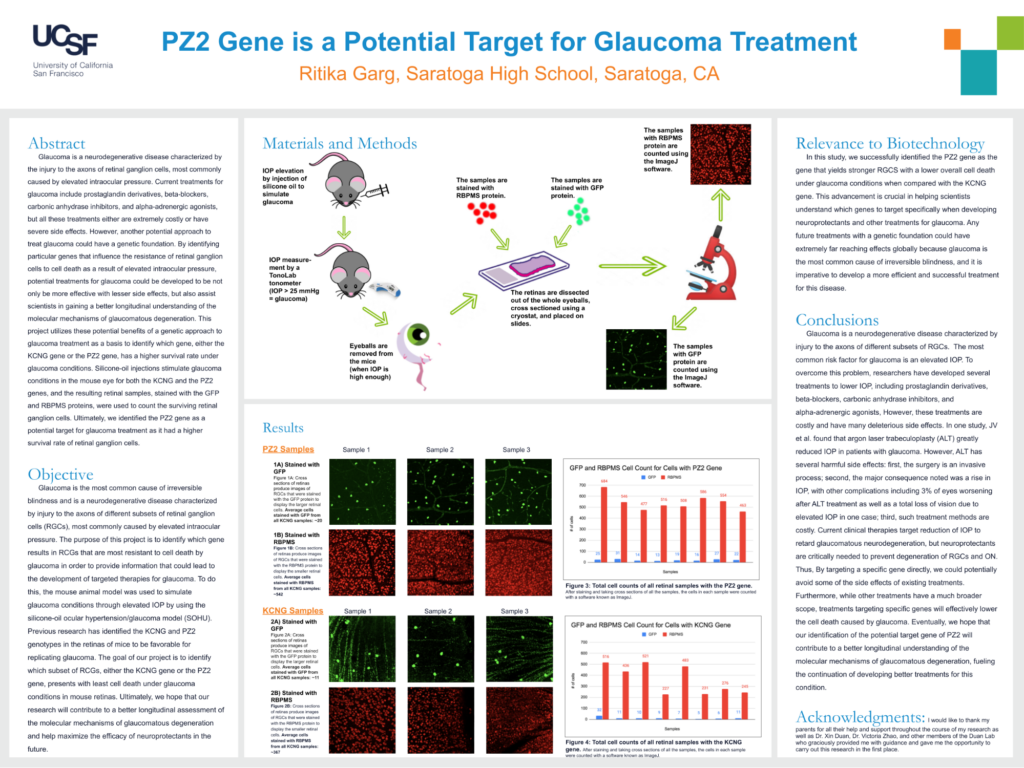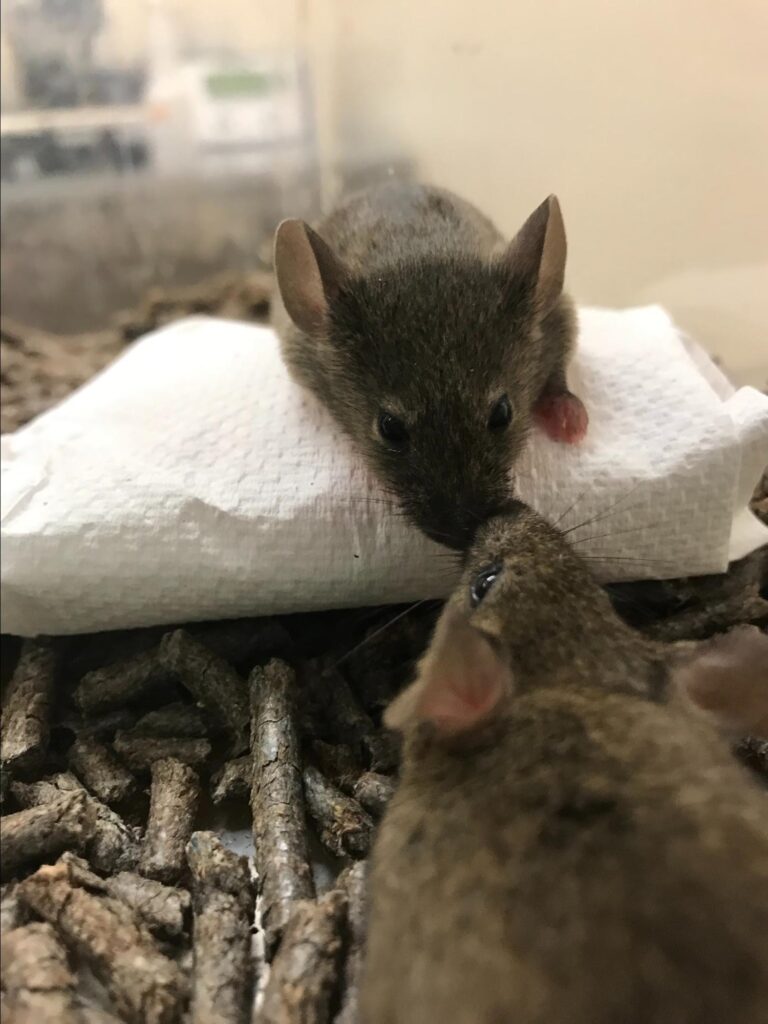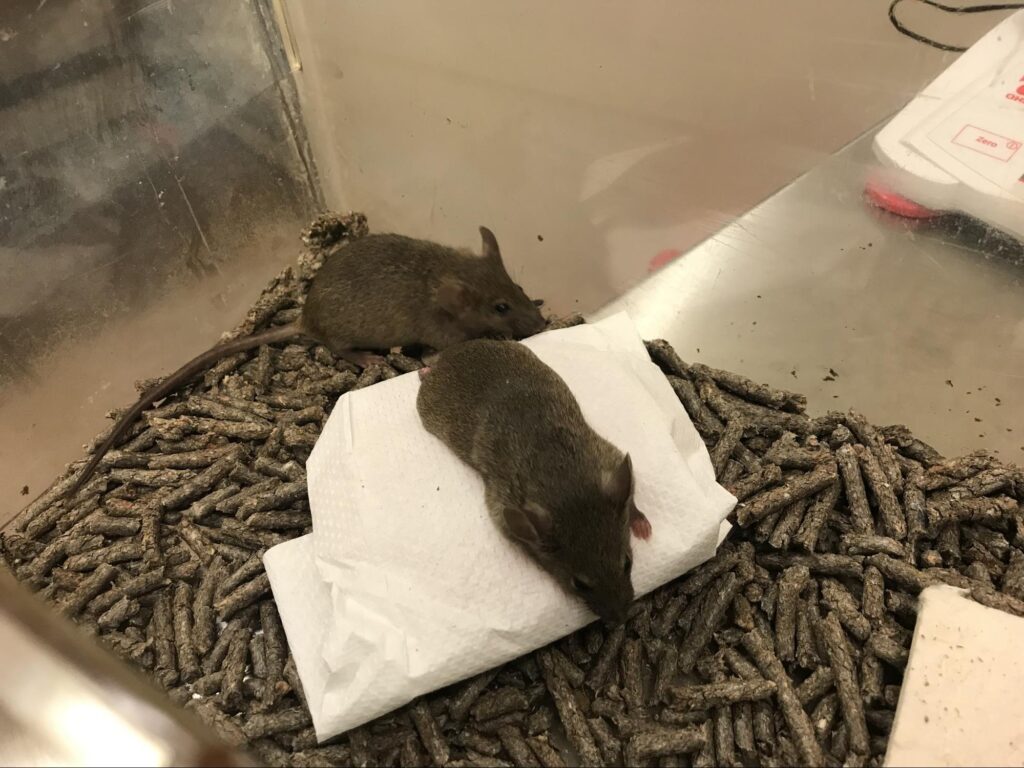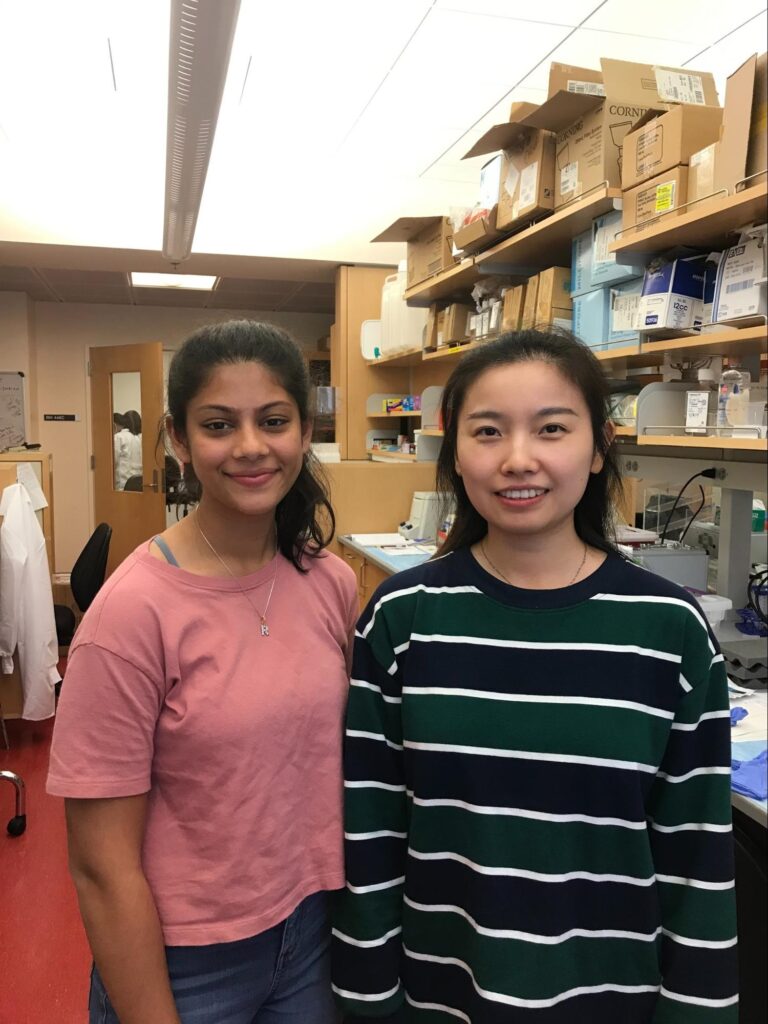
As my interests in neuroscience continued to grow, I wanted to explore neuroscience from a different angle: research. In Part 1 of this series, I talked about the background of my glaucoma research project, the various processes I used to carry out my research, and some of my personal experiences throughout my internship. In this part — Part 2 — of the series, I will discuss more of my experiences regarding the internship as well as the final results of my research project.
There were several aspects of research that I had never encountered before. For example, I had never dissected an eyeball under a microscope. When I practiced dissecting the eyeball to remove the retina, it was extremely difficult for me. I just could not coordinate my hand-eye movement while also looking through a microscope.
Another part of the internship that was particularly hard for me to understand and get used to was using an animal model, specifically the mouse model, to do research. As someone who loves animals and is very much against animal-cruelty, I didn’t know how to feel about actively participating in animal research. On the one hand, these animals were being used to research glaucoma, an extremely debilitating disease that affects millions of humans, and find treatments for the disease that could alleviate the suffering of so many individuals. At the same time, what about the suffering of the mice that were part of the research? However, as I continued working with the animals throughout the summer, I reached the conclusion that the mice didn’t actively feel pain as a result of the research we were doing. During every surgery we performed to induce glaucomatous conditions in the mouse’s eye, the mice were completely anesthetized so that they didn’t feel any pain. When the mouse’s IOP got so high that they could no longer see, we put the mouse down, once again anesthetizing it, and removed the eyeball. I still have controversial perspectives about using animal models for research but ultimately the conclusion I came to is that the progress human medicine can make, as a result of researching and experimenting with animal models, is tremendous.
While I learned these different aspects of research, the actual project continued to progress as well. As my mentor and I imaged more retinas, I started to count the surviving RGCs from the KCNG and PZ2 mice using the ImageJ software that many researchers use. Ultimately, the conclusion that we reached is that the PZ2 gene yielded stronger RGCS with a lower overall cell death under glaucoma conditions when compared with the KCNG gene. The implications of these results are that this advancement is crucial in helping scientists understand which genes to target specifically when developing neuroprotectants and other treatments for glaucoma. Any future treatments with a genetic foundation could have extremely far reaching effects globally because glaucoma is the most common cause of irreversible blindness, and it is imperative to develop a more efficient and successful treatment for this disease.
After I finished my research internship, I also went on to create a scientific research poster; check out my research poster below. For more details on how I created my research poster as well as the entire PDF of my research poster, check out this article.

Overall, I learned tremendously from my research internship at the Duan Lab at UCSF. Every day contained new challenges, new setbacks, new progress, and new discoveries. I was constantly on my toes, learning about the professional research world and it was eye-opening for me. My internship reaffirmed my interest in neuroscience and medicine and strengthened my desire to pursue both fields as well as research after my high school education. For information about how to obtain your own research internship, read this article.
When handling live mice, I had to go down to the “animal room.” Before entering, I had to cover myself fully in PPE (personal protective equipment), including a gown, surgical mask, hair net, gloves, and shoe covers:

Pictures of several mice as they recover from their silicone oil injection surgery:




A picture of my mentor and me on the last day of my research internship:
